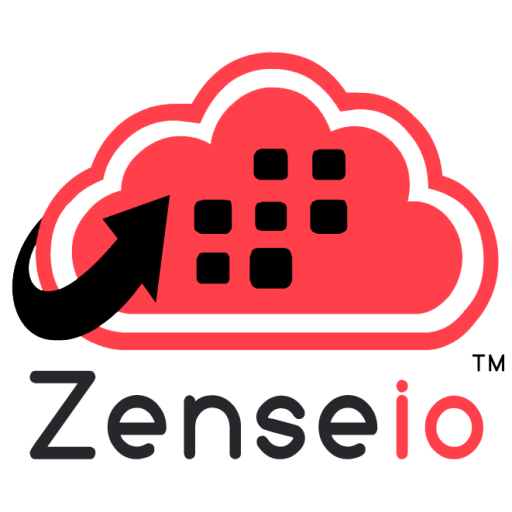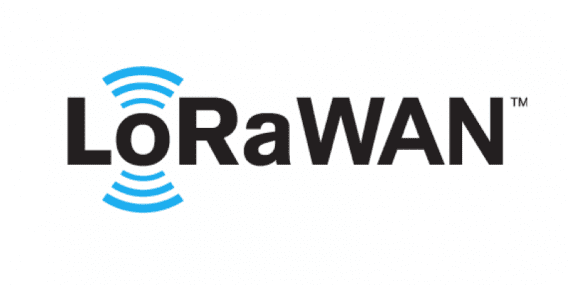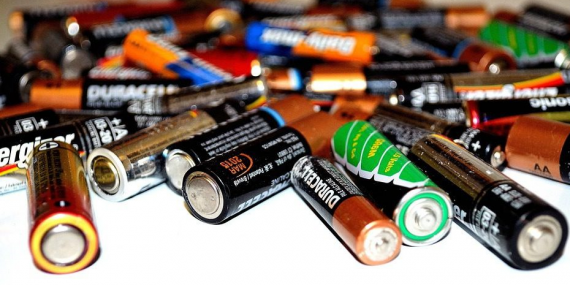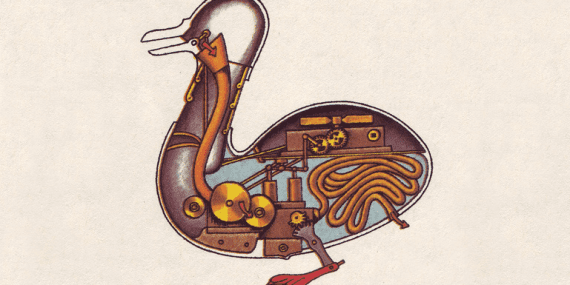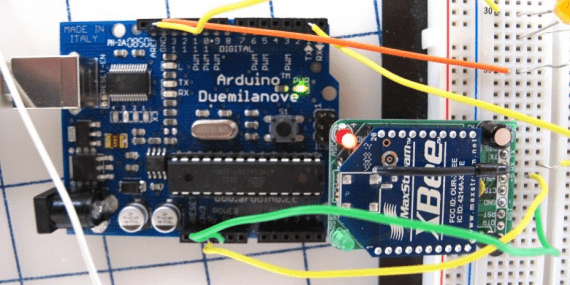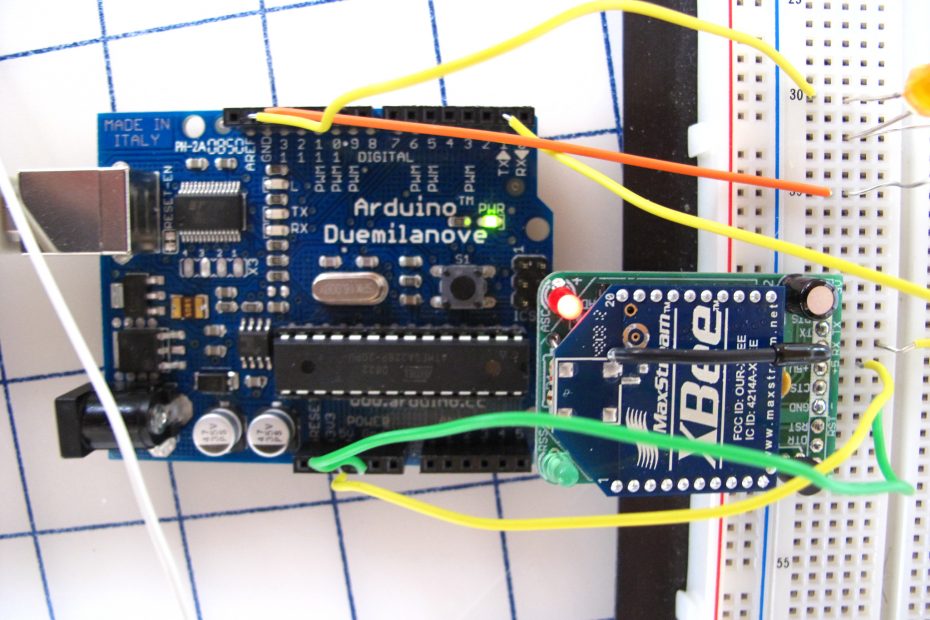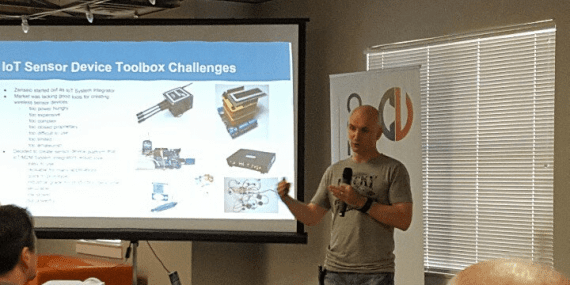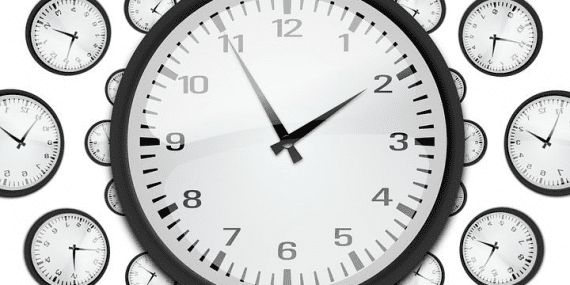Low Power, Wide Area Networking and its Advantages in Agriculture
In the ever-evolving landscape of agriculture in 2024, the integration of Internet of Things (IoT) systems has become a key aspect of a successful operation. When deciding to implement IoT systems into an agricultural project, it is important to consider which networking solution is right for the application. Among the array of options, Low Power, Wide Area Networking (LPWAN) emerges as a frontrunner, offering many advantages that cater specifically to the agricultural space’s diverse needs.
Longer Range for Rural Environments:
One standout feature of LPWAN is its impressive range, making it an ideal choice for the expansive and often remote landscapes of gorw sites. With a effective range often spanning from 2 km to up to 20 km, LPWAN excels in providing connectivity even in a long distance environment. This extended reach ensures that agricultural operations covering vast areas can stay connected, facilitating efficient data transmission across fields large and small.
Enhanced Connectivity in Challenging Terrain:
IoT for agriculture often needs to be deployed in a diverse range of terrain, from dense forests to vast open fields. LPWAN’s ability to penetrate through obstacles and navigate irregular topographies makes it well-suited for such environments. This adaptability ensures that critical data can be transmitted reliably, even in the face of geographical features that would interfere with other methods of networking, providing farmers with a reliable real-time understanding of their land, often in areas that other technology cannot be effusively deployed.
Low Power Consumption:
When operational efficiency is paramount, as is the case with managing labor and natural resources, the low power consumption of LPWAN stands out as a key advantage. Unlike traditional networking solutions that may require frequent battery replacements or significant dedicated energy sources, LPWAN devices boast prolonged battery life, only turning on when transmitting, and only for exactly as long as needed. This directly translates to reduced maintenance efforts and costs, allowing farmers to focus on optimizing their processes without the constant concern of powering or replacing devices.
Cost-Effectiveness:
Implementing IoT solutions in agriculture can be a significant investment. LPWAN, with its cost-effective open-source infrastructure, presents an attractive option for farmers looking to enhance their operations without breaking the bank. The extended range of LPWAN also means fewer base stations are required to cover large areas, further contributing to the overall cost efficiency of adopting this technology.
Diverse Applications:
The adaptability of LPWAN technology is one of its primary strengths, enabling a range of applications in agriculture. From soil monitoring and crop management to depth sensing and smart irrigation systems, LPWAN provides a versatile platform for implementing a huge set of use cases from a single device. This versatility empowers farmers to tailor their use of LPWAN according to their specific needs, fostering innovation and efficiency across various aspects of agriculture and telemetry.
As the agricultural industry continues to embrace the era of IoT, Low Power, Wide Area Networking emerges as a compelling choice, offering an extended range, adaptability to challenging terrains, low power consumption, cost-effectiveness, and a versatile platform for diverse applications. In a world where precision and real-time data are paramount, LPWAN stands as a testament to the potential synergy between technology and agriculture, helping usher in a new era of smart and connected farming. Zenseio produces versatile, open-source technology that is designed to allow a maximum level of flexibility while minimizing cost and power consumption. To learn more about how Zenseio can enhance your IoT, visit: https://zenseio.com.
